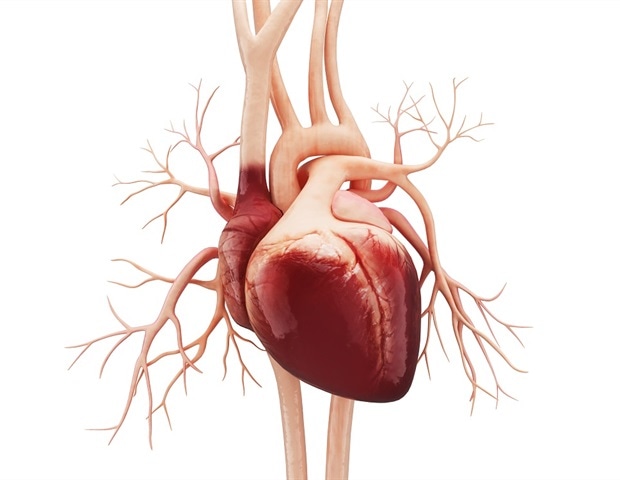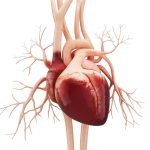
Researchers from Washington State University have discovered how a genetic mutation linked to hypertrophic cardiomyopathy (HCM) disrupts the heart’s normal function. The study, which will be published May 18 in the Journal of General Physiology, reveals that the mutation prevents the heart from increasing the amount of force it produces when it needs to pump additional blood around the body.
According to the American Heart Association, HCM affects up to 500,000 people in the United States and is usually caused by inherited genetic mutations that result in the heart muscle becoming abnormally thick and unable to pump enough blood around the body. In 2009, researchers in Spain identified a mutation in the heart muscle protein troponin T that appeared to pose a particularly high risk of sudden death in children and adults, despite it causing only a mild thickening of the heart muscle wall. The mutation, known as F87L, alters a single amino acid in the central region of troponin T but how this affected cardiac function was unclear.
Murali Chandra, a professor at Washington State University in Pullman, WA, and graduate student Sherif Reda introduced an equivalent mutation in the cardiac troponin T gene of guinea pigs and analyzed how this affected the ability of guinea pig cardiac muscle fibers to contract and produce force.
Troponin T is part of the troponin complex that allows muscle fibers to contract in response to calcium released upon electrical stimulation. An important feature of cardiac muscle filaments is that they become more sensitive to calcium-;and therefore contract more strongly-;as they are stretched to longer lengths. Thus, when the heart fills up with more blood, as occurs during increased physical activity, it stretches the muscle walls and the heart contracts with increased force to pump out extra blood. Troponin is thought to play a central role in this phenomenon, which is known as the Frank–Starling mechanism.
Reda and Chandra found that the F87L mutation in troponin T abolishes this length-dependent increase in calcium sensitivity. Short, unstretched muscle fibers expressing mutant troponin T showed the same response to calcium as longer, stretched fibers.
“Our data demonstrate that the length-mediated increase in force is significantly decreased by this HCM-associated mutation, suggesting that the mutation may blunt muscle length–mediated increase in force production in the heart,” says Chandra. “Attenuation of the Frank–Starling mechanism may have severe consequences for the individual because it limits the heart’s ability to increase output when it needs to pump additional blood around the body.”






